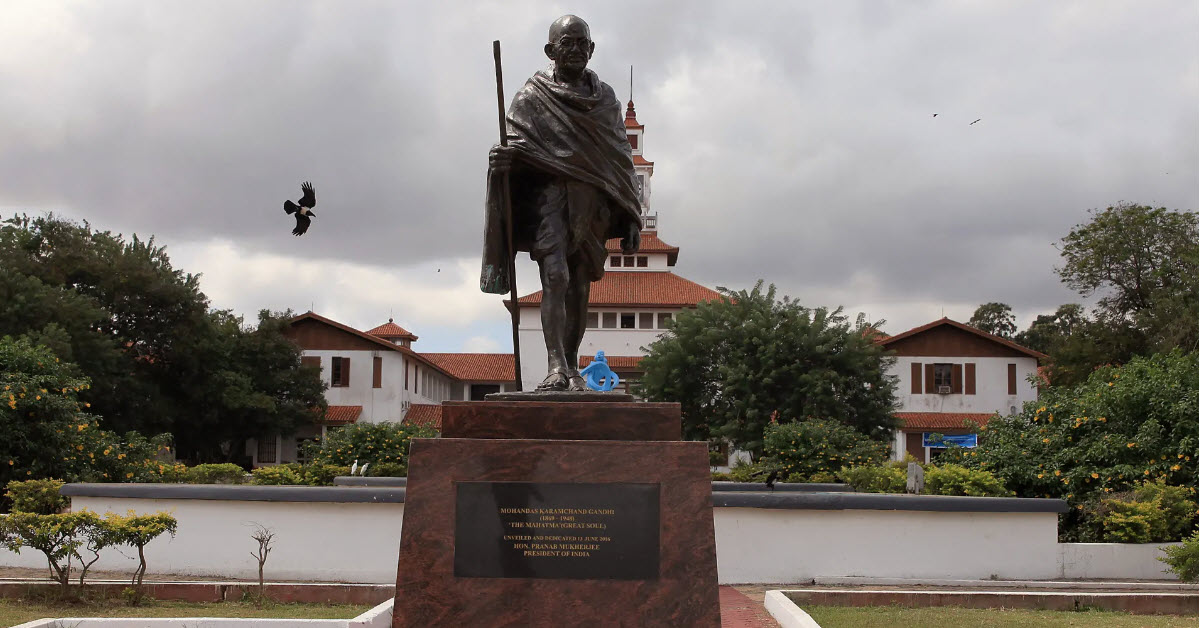Women's Ashes success a turning point in public interest
https://blogger.googleusercontent.com/img/b/R29vZ2xl/AVvXsEiJ7obgn2brHsoF8U7Ga5VM_BckSQ_svWTvKxl6tGmLRfwDi8TAuM7eQOnExu6ud1fRY0Kf7dNWbVJ68xzTXqqs-3ghVavjE6IpUd7HgQUZXdSHQLScEZ8fs-k6nbpge3FD-BFvbrj76pCW/s1600/2017-11-22_11-31-48.jpg

In July this year, everyone said that the World Cup final felt like a turning point. You don’t get 27,000 people to a women’s cricket match and not think that something extraordinary is going on. But the truth of turning points is that you can’t in the moment judge whether they’re real or perceived. It has taken the Women’s Ashes in Australia this past month to show the extent of the turn.
Australia originally lagged behind England in embracing the game. The 2015 Ashes was played at intimate cricket grounds, selling out some matches with crowds in excess of 5000. The 2013-14 version in Australia was nowhere near that. Attendances at the Perth Test were in the low hundreds, while the Twenty20s were sparsely attended curtain-raisers for a meaningless men’s series.
Olympiads stack up like sedimentary layers, and the difference from four years ago to now is extraordinary. The day-night Test match drew over 12,600 across its duration, while the three T20 matches drew a bit over or a bit under 4000 spectators apiece. Most games were televised (although the most important match – the Test – was not, and games were first shown on 9Gem rather than Nine), with the peak was over half a million viewers in a population of 20 million.
In the time since that WACA Test, women’s cricket has gone from being an incredibly niche interest to something with mainstream recognition. It’s no televised talent/cooking/renovation/dance show, but people treat it as something they’re at least vaguely aware of, which makes them far more welcoming to the concept.
That was illustrated during the day-night Test, where a festive crowd involved plenty of people there for the event, then soaking up information about the cricket in the meantime. You have to build it for them to come, and Cricket Australia definitely got most parts right as far as schedule and location.
Staging games in Coffs Harbour is a debatable choice in terms of capacity to draw a crowd, though the pitch for the two ODIs there was outstanding. That’s part of a broader debate on whether the team should make a habit of playing in smaller regional centres as a way of bringing elite cricket to those places, or whether cities like Melbourne and Adelaide can offer better audiences if included in future editions.
Perhaps this is a pipe dream, but you couldn’t help thinking that perhaps the large numbers of boys watching female athletes and queuing for autographs over the last month might lead to some social betterment as their generation grows up. It was also significant that the marriage equality plebiscite passed so strongly midway through a series involving so many gay players. The big screens at two grounds broadcast Alex Blackwell discussing her identity as part of marking her 250th game for Australia, while Megan Schutt posted online about her plans for a wedding, and smacked down the few inevitable trolls with grace.
Danni Wyatt, an all-rounder promoted to open, became the first woman to make a hundred in a T20 run chase. Australian opener Beth Mooney’s T20 series included unbeaten innings of 86 and 117. Schutt was an absolute gun in the white-ball formats, flying under the radar but finishing with 18 wickets. Perry took 10 and averaged 70 with the bat, while Heather Knight was named player of the series after four important half-centuries.
It’s interesting to think how much the series result relied on the first game in Brisbane. The teams tied on eight points apiece, after Australia won the ODIs by a game, England did the same in the T20s, and the Test was drawn. But England really should have won that first ODI in Brisbane, only to fall apart towards the end of their batting innings, and again with the ball in defending it. Having arrived in Brisbane for two weeks of solid rain, a lack of decent practice before the series may have been decisive.
In the second game, Rachael Haynes eased any questions about her position as temporary captain with a brilliant 89 not out from 56 balls. A few more such knocks may be needed if Haynes is to continue her career once Meg Lanning returns from shoulder surgery. But whatever the status, Haynes led Australia to retaining an Ashes trophy. That doesn’t go away.
Knight similarly led from the front to win England the third ODI, with another big score on that fast Coffs deck, before a far inferior pitch guaranteed that the North Sydney Test would be a draw. The conditions and the lack of long-format cricket available to them made the Test a tough ask for most players. Perry was the star of the show, working the slow and tired pitch with reservoirs of patience for a famous double-hundred.
Australia retained the trophy with an easy run chase in the first T20 despite dropping five catches. But England hit their stride, bowling well to derail a chase of 152 on Sunday, then two nights later racking up the biggest ever run chase in a women’s T20I by passing Australia’s 181. Wyatt and Mooney provided twin hundreds in that run-fest, as the series finished with honours even.
“The word bittersweet was used and I think that’s a pretty good description,” said Australia coach Matthew Mott after the final loss. “To me it’s a just a series of missed opportunity. I think we’re the better cricket team but we can’t really say that because it ended up 8-all. But we retained the Ashes and at the end of the day we’re happier than them.”
Knight was philosophical. “We’re still really disappointed about those Ashes, but to turn it around really quickly after that, after the disappointment in North Sydney, we knew we wanted to come away with some pride and to finish strongly. To finish 8-8 is a tour we can be proud of.”
It’s a tour everyone can be proud of, as women’s cricket continues to build its standing with a public ever more receptive. On the southern side of the planet, this Ashes has done wonders for the visibility of the game and the players. The thing about turning points is they don’t do much good unless progress is made after the turn. By November, we know that it has.
guardian.co.uk © Guardian News & Media Limited 2010
Published via the Guardian News Feed plugin for WordPress.
Women's Ashes success a turning point in public interest▶https://goo.gl/5uoeno



Comments
Post a Comment